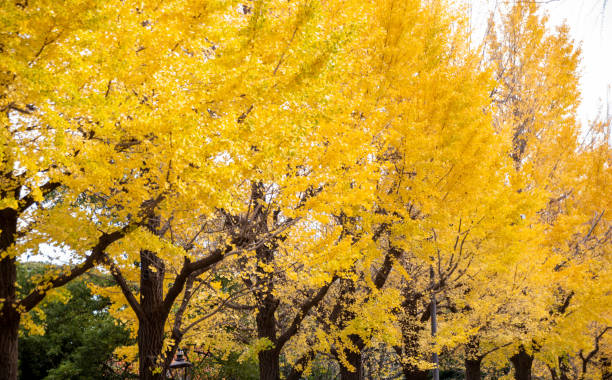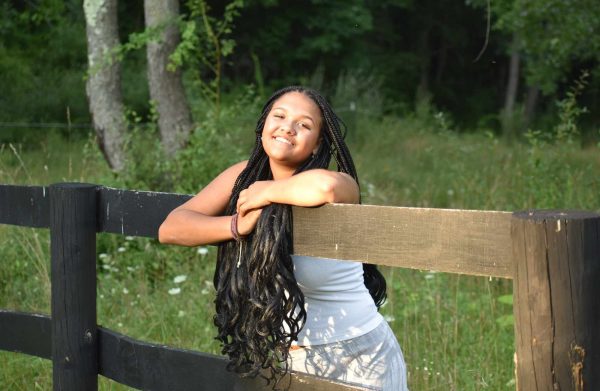Allergies are rapidly increasing which has led to an influx of people laying blame on Botanical Sexism. Botanical sexism, a term, and theory coined by Tom Ogren, is a speculation that suggests that because more “male” trees are planted, it leads to an increased pollen count which increases allergies. Creator of the term Botanical Sexism Tom Ogren, and one of his criticizers, Rita Sousa Silva, have researched the topic.
While there could be some truth to Ogren’s belief, there are a lot of gaps in the theory. A study done by a forester at The University of Georgia School of Forestry says only five percent of trees are dioecious, meaning they are gendered trees; the rest are monoecious, cosexual, or polygamous meaning they can reproduce with themselves. This theory could be applied to the few dioecious trees planted in cities, commonly the Osage Orange, Aspens, Willows, and the Ginkgo.
Ogren’s main reasoning behind his botanical “sexism” theory is his belief that more male trees are planted in cities than female trees due to the “cleanliness” of the male trees. This idea is backed up by the 1949 USDA Yearbook of Agriculture which recommended planting male trees only. When it comes to planting dioecious trees, city planners have come to prefer male trees simply because they do not produce fruit, which can lead to excess cleanup during spring and summer. His belief is strongly dependent on the widespread planting of male dioecious trees.
There is some truth to Ogren’s theory and definitely some firm believers considering the fact that his theory and system of OPALS, a pollen rating scale that he created in 2000 has been taken on by the American Society of Landscape Architects, the American Lung Association, and the USDA Urban and Community Forestry Program. When it comes to dioecious trees, male trees do create pollen and a large number of male trees without female trees would cause an influx in pollen and allergies, but non-dioecious trees also produce pollen; mixing dioecious trees’ genders would only get rid of part of the problem. While some of his research is defendable, and some of it and others based off of his is considered “true,” it is not widely accepted because of strong criticisms and some persisting gaps.
As for Ogren’s sexism speculation, the patriarchy does not apply to the trees. When it comes to the dioecious trees their “gender” is not the actual reason they are not planted but more of the matter of how much of a mess they will make or not make. It could technically be argued according to Ogren’s theory that if we were to only plant female trees rather than male trees, the female trees would not be pollinated due to the lack of male trees, resulting in much less fruit, pollen, and seasonal clean-up. Along with planting all female trees, the use of fewer wind-pollinated species could help. Ogren’s theory is hard to prove at this time anyway due to the increase in pollen that is happening due to climate change which unlike his theory is very real. Truly this tree “sexism” could go either way and it comes down to what works better for the city because both have plausible downsides.
Tom Ogren’s theory suggests that Botanical Sexism could be a factor in increased allergies but for now that theory will remain just a theory. While Ogren has valid points and some plausible research, many gaps still remain in his theory along with strong opposing criticism and ideas to solve the increased allergy dilemma that does not involve mixing the genders of dioecious trees. Whilst people argue about the realness of botanical sexism, pollen levels, and allergies will continue to increase anyway due to climate change. Ogren’s theory while plausible requires a lot more research before we can officially say that Botanical Sexism is to blame for our increased allergies.




























































































